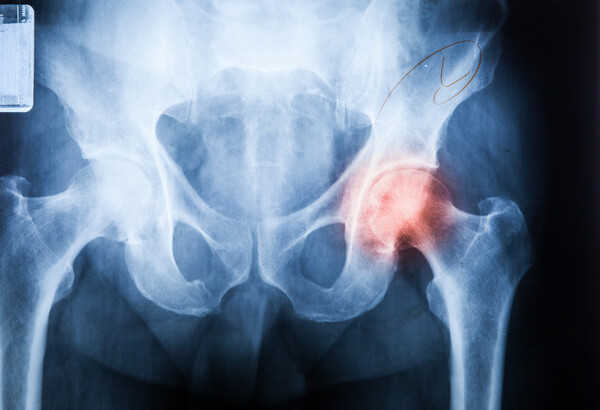The fourth-generation ceramic used for artificial hip arthroplasty has proved its safety by recording a survival rate of 98.3 percent in long-term research of 10 or more years.

A joint research team, led by Professors Lee Young-kyun and Park Cheong-wi of the Orthopedics Department at Seoul National University Bundang Hospital (SNUBH), said so Tuesday based on their observation study of patients who received artificial hip joint replacement surgery using the fourth-generation ceramic joint facets.
The prognosis of artificial hip joint replacement surgery depends on the condition of the articular surface of the phosphor joint that confronts the damaged bone and the articular cartilage. Fourth-generation ceramics are the most commonly used material for joint surfaces due to their high human compatibility and low wear rate. In addition, compared to the previous generation, the rate of ceramic breakage has also been greatly reduced.
The research team observed 274 patients who received artificial hip joint replacement surgery using fourth-generation ceramic from 2009 and 2011 for 10 years or more while analyzing prognosis and side effects.
As a result, the patient’s survival rate of 12 years or more was 98.3 percent. The Harris hip joint score that shows the joint’s functions was also 89.8 points, showing excellent biocompatibility. No side effects were added, such as micro bone breakdown or dislocation that appeared at the time of five years. In addition, the number of patients who experienced thigh pain increased by only six.
“It is significant because it is the first long-term study that proved the safety of fourth-generation ceramic joint facets,” Professor Lee, the corresponding author of this study, said. “We expect fourth-generation ceramic to contribute to improving patient prognosis with very low wear rates and low risk of re-operation.”
The study was published in the latest issue of Archives of Orthopedic and Trauma Surgery, an international journal.

